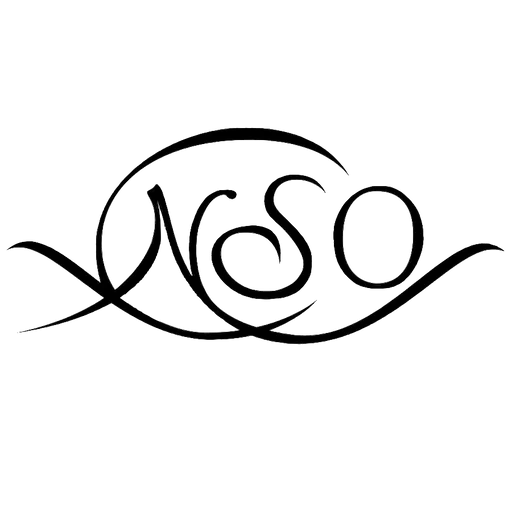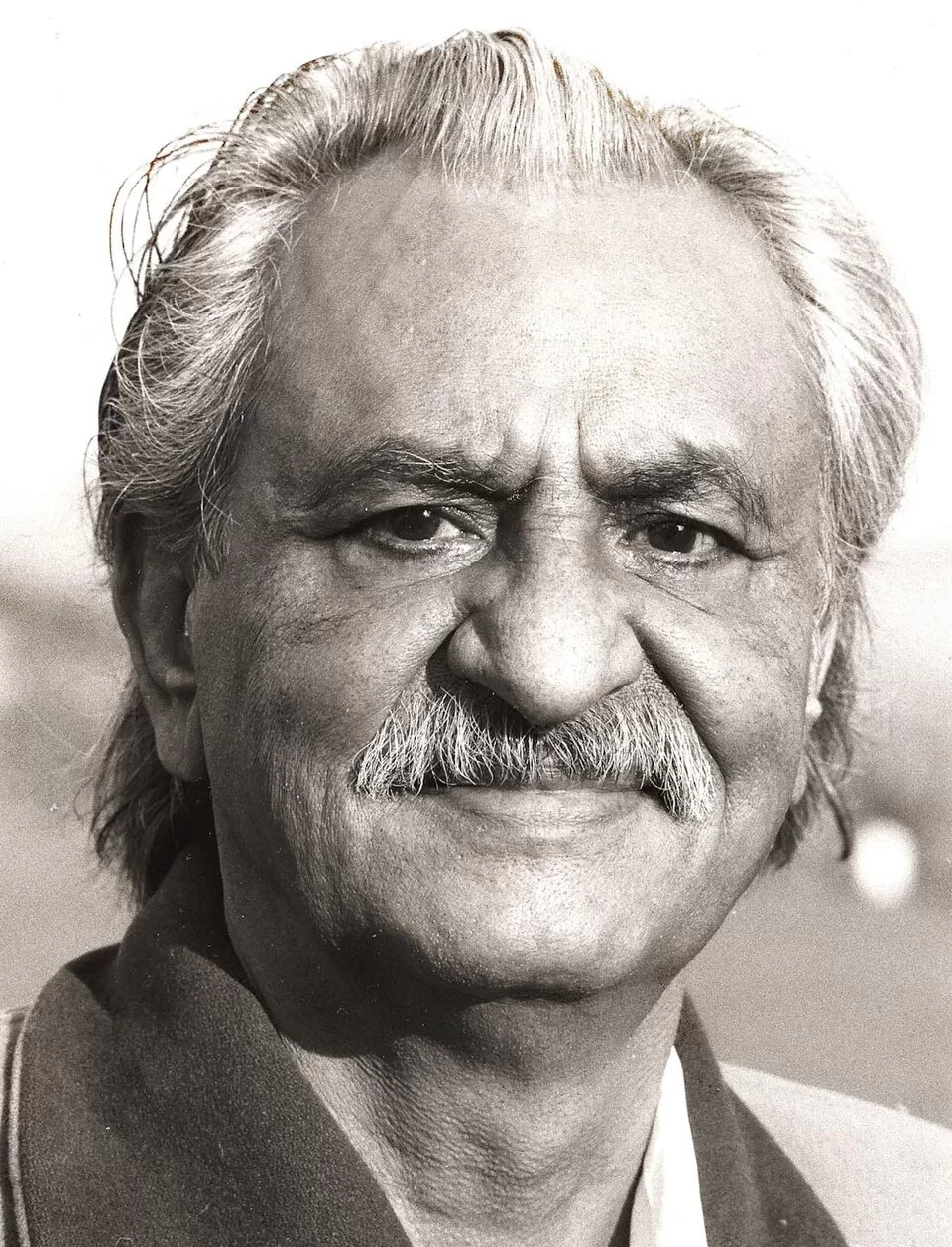by Dr. Javad Nurbakhsh
Originally published in Sufi Journal Issue 2 (Spring 1989)
Our talk tonight is about sincerity, from the point of view of the fact that the capital of the Path is none other than that. Sincerity has been defined as ‘showing yourself as you really are’ and ‘being inwardly what you show yourself to be’.
One might well ask why the masters of the Path have placed so much emphasis on sincerity. The answer is that, in fact, Sufism is nothing but sincerity.
One may speak of three stages of sincerity: sincerity with oneself, sincerity with the Master and sincerity with the creation.
1. Sincerity with Oneself
If we say that Sufism means attaining Unity, then ‘sincerity with oneself’ means ‘unifying your outward being with your inward’ and thereby establishing Unity in yourself to begin with.
If there is no unity of the outward with the inward, there can be no unity of character. This disharmony between the outward and the inward generates anxiety and depression. If, through the power of sincerity, one does not bring about the psycho-physical unity in oneself, one cannot enjoy psychological health.
Hence, the result of sincerity with oneself is liberation from the anxiety which stems from disharmony of character and the establishment of psychological health.
2. Sincerity with the Master
At this stage of sincerity, the psycho-physical unity of the Sufi, through the attraction of the sincerity and love of the Master, becomes unified with that of the Master. This is known on the Path as ‘annihilation in the Master’. This in itself is a form of ‘identification’, a term which is current in contemporary psychology. We call it ‘transcendental identification’. In this situation the Sufi’s ego, or self-identity, is annihilated in the Master, and the Sufi forgets himself. An example of this form of unity is the annihilation of Rumi’s ego in his master, Shams Tabrizi.
This sincerity saves the Sufi from anxiety due to a fear of dying or being obliterated or anxiety about life, so that he feels as Rumi did when he exclaimed:
I was dead; I have come alive!
I was weeping; now I am laughing!
The fortune of love has arrived,
and I have become everlasting fortune!
Most Sufi masters equate this annihilation in the Master with annihilation in God.
3. Sincerity with the Creation
At this stage of sincerity, which is the result of sincerity with the Master — and is the highest level of sincerity — the unity between the Sufi and the creation becomes established through the power of sincerity and gnosis. This is known as annihilation in God, which is the annihilation of the part in the Whole.
At this stage the Sufi loses his ego, or self-identity, and becomes the Whole. An example of this form of unity is Jonayd’s prayer: “O Lord, take me to hell and all creation to heaven!” Or Hallāj’s: “O Lord, pardon all creation and do whatever You wish with me!” This stage of sincerity brings the Sufi to eternal life, for the Whole exists forever.
The drop wept, “I am separate from the sea!”
The sea replied, laughing to the drop, “It is all Me!”

